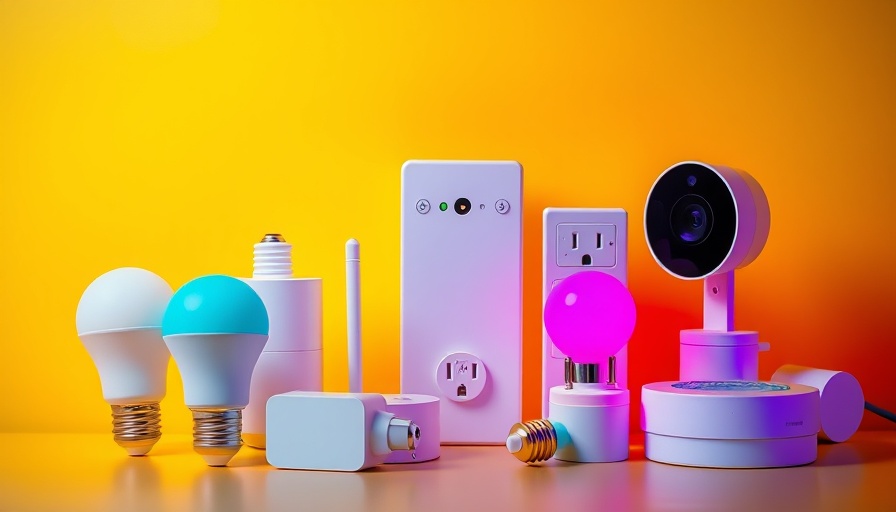
Understanding Smart Thermostats for Renters
Renting a home doesn't have to mean sacrificing comfort or paying excessive utility bills. As awareness of energy efficiency grows, smart thermostats have become an appealing option for renters looking to optimize their heating and cooling systems. These innovative devices can help achieve significant energy savings, but there are important considerations to navigate involving permissions and installation.
Why Choose a Smart Thermostat?
Smart thermostats, such as those offered by Nest, Ecobee, and Honeywell, allow users to enhance their energy efficiency without any complicated set-up. Research suggests renters can save between 10% and 26% on their heating and cooling costs, equating to annual savings averaging from $140 to $250. With their user-friendly applications and advanced sensors that detect occupancy, these devices can automatically adjust temperatures, ensuring your home remains comfortable while using less energy. This is particularly beneficial for renters who face seasonal temperature fluctuations or live in poorly insulated spaces.
Installation Considerations for Renters
One fundamental aspect for renters to consider is the installation process. While the procedure itself is generally straightforward—disconnecting the previous thermostat and wiring in the new one—it's essential to seek permission from your landlord. Many landlords may be agreeable to these improvements, especially if you emphasize potential energy savings and the device's removable nature when you vacate. A well-documented installation can also alleviate the landlord's concerns about permanent modifications.
Smart Thermostat Features That Benefit Renters
The technology within smart thermostats can provide valuable features that enhance user experience. For instance, many models include geofencing capabilities, which allow the thermostat to adjust settings based on your location. This ensures you're not cooling or heating your home unnecessarily when you're away. Additionally, integrating sensors can optimize temperatures on a room-by-room basis, making for a customized living environment that maintains comfort while conserving energy.
Future Trends in Smart Home Technology
As we advance towards more integrated smart home solutions, the role of smart thermostats is likely to expand. Trends show an increasing blend of home automation technologies that connect with energy management systems. As energy costs fluctuate and consumers become more aware of sustainability, smart thermostats will play an instrumental role in promoting a greener lifestyle among renters.
The Financial Benefits of Smart Thermostats
Introducing smart thermostats into your rental could yield financial returns that extend beyond mere energy savings. Many energy providers are now offering rebates and incentives for residents who install energy-efficient devices. Moreover, longer-term tenants might benefit from reduced living costs—a selling point for landlords looking to maintain a stable lease agreement. Understanding these financial trends empowers renters to advocate for energy-efficient improvements within their homes.
Common Misconceptions About Smart Thermostats
Many renters may harbor misconceptions about smart thermostats, such as assuming they require complicated installations or will lead to personal data privacy concerns. However, modern smart thermostats prioritize user-friendliness and security, often featuring intuitive apps and secure data encryption. Renting does not inherently limit the use of today’s advanced technology—rather, these devices can elevate the rental experience by offering control and efficiency.
Conclusion: Taking the Plunge on Smart Thermostats
This rental season, consider investing in a smart thermostat to optimize your home's energy usage. With a careful approach to installation and landlord communication, you can enjoy an eco-friendlier and more cost-effective living space. As energy demands shift and new technological innovations surface, proactively integrating smart technology might not only save you money but also improve your overall quality of life in your rental home.
 Add Row
Add Row  Add
Add 




Write A Comment